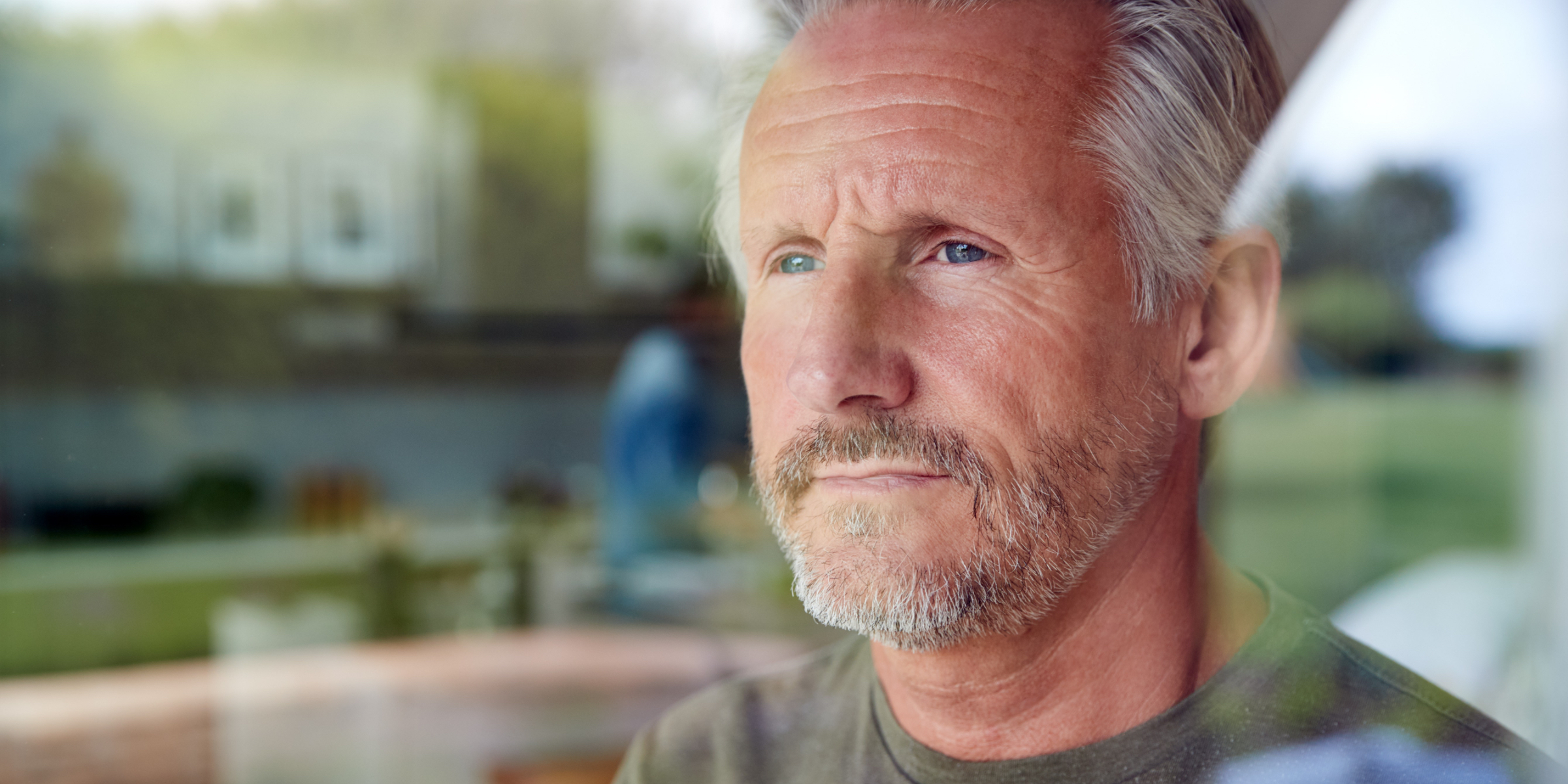More than one-third of the American population is chronically ill. That doesn’t factor in the idea that you can be 80 percent unwell before the first symptoms of disease manifest. Even if you have no outward signs of disease, you may still be heading into a downward spiral that will cause chronic disease later in life. It may take twenty years for enough tumor cells to show up on an x-ray or mammogram. At the time of the diagnosis, you’re at the end stage of a healing crisis, not the beginning. Your arteries could be 90 percent occluded before you experience the first symptoms of angina or some other condition. It might take forty years for an occlusion to get that bad. You’re told it was caught early, when, in actuality, you got it at the end. So, we’ve got possibly another 100 million people walking around who are processing disease that is not yet diagnosed. Then we have another 50 million people who have the early stages of disease. These are our youth.
Most of what we call aging is simply the presence of disease – chronic, seemingly ubiquitous disease that makes us age with such apparent time-dependent consistency that we accept it universally as “simply getting older.” Estimates suggest that up to 90 percent of adult illness is due to the degenerative processes of aging. Despite commonly held beliefs that aging is mostly out of your control, inherited genetics accounts for less than 30 percent of all aging effects, and the importance of genetic inheritance matters less and less the older your calendar age. By the age eighty, behavioral choices account almost entirely for a person’s overall health and longevity.
More than 65 percent of annual American deaths are attributable to heart disease, cancer, and stroke. These three diseases, degenerative diseases of aging, consume more than fifty percent of the U.S. health-care budget. Moreover, health care costs are increasing at double-digit rates each year. Trouble is we have little to show for it. Any improvements in the incidence of heart disease have been because of lifestyle improvements, not medical ones. Same for cancer.



